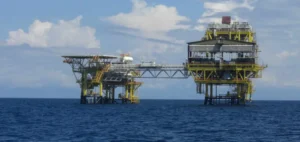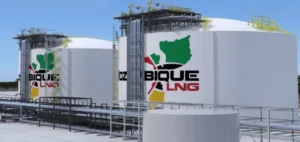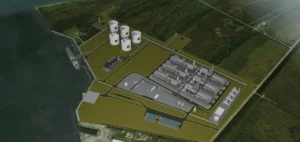Russian state-owned giant Gazprom reported a sharp fall in half-year net profit to 2.84 billion euros on Tuesday, still weighed down by a drop in gas exports to Europe in the wake of the conflict in Ukraine.
Drastic drop in Gazprom’s profits in the first half of 2023, offset by higher gas deliveries to China
In the first six months of the year, net profit was divided by more than 8, falling to 296 billion rubles (2.84 billion euros), compared with 2,500 billion rubles (24.04 billion euros) in the same period of 2022.
“The drop in exports to Europe was partially offset by an increase in deliveries to China, which will continue to grow under contractual obligations,” commented Gazprom Deputy Director Famil Sadygov, who attributed the fall in half-year profit to the weak ruble.
Gazprom, a pillar of the Russian economy headed by several people close to President Vladimir Putin, had announced in May a drop of more than 41% in its 2022 annual net profit to 1,226 billion rubles. For Gazprom, 2022 was marked by the closure of most of the European market, with the exception of liquefied natural gas (LNG), which EU countries continue to purchase for lack of any real alternative.
The Europeans’ stated aim: to strangle Russian gas export revenues in order to limit the Kremlin’s available manna to finance its military offensive in Ukraine. Faced with these difficulties, Gazprom, which holds a monopoly on Russian gas exports via pipeline, has embarked on a strategic shift in recent months, redirecting part of its exports to Asia, where energy demand is strong. Last year, gas deliveries to China via the “Siberian Force” pipeline in Russia’s Far East reached an all-time high of 15.5 billion cubic meters.






















